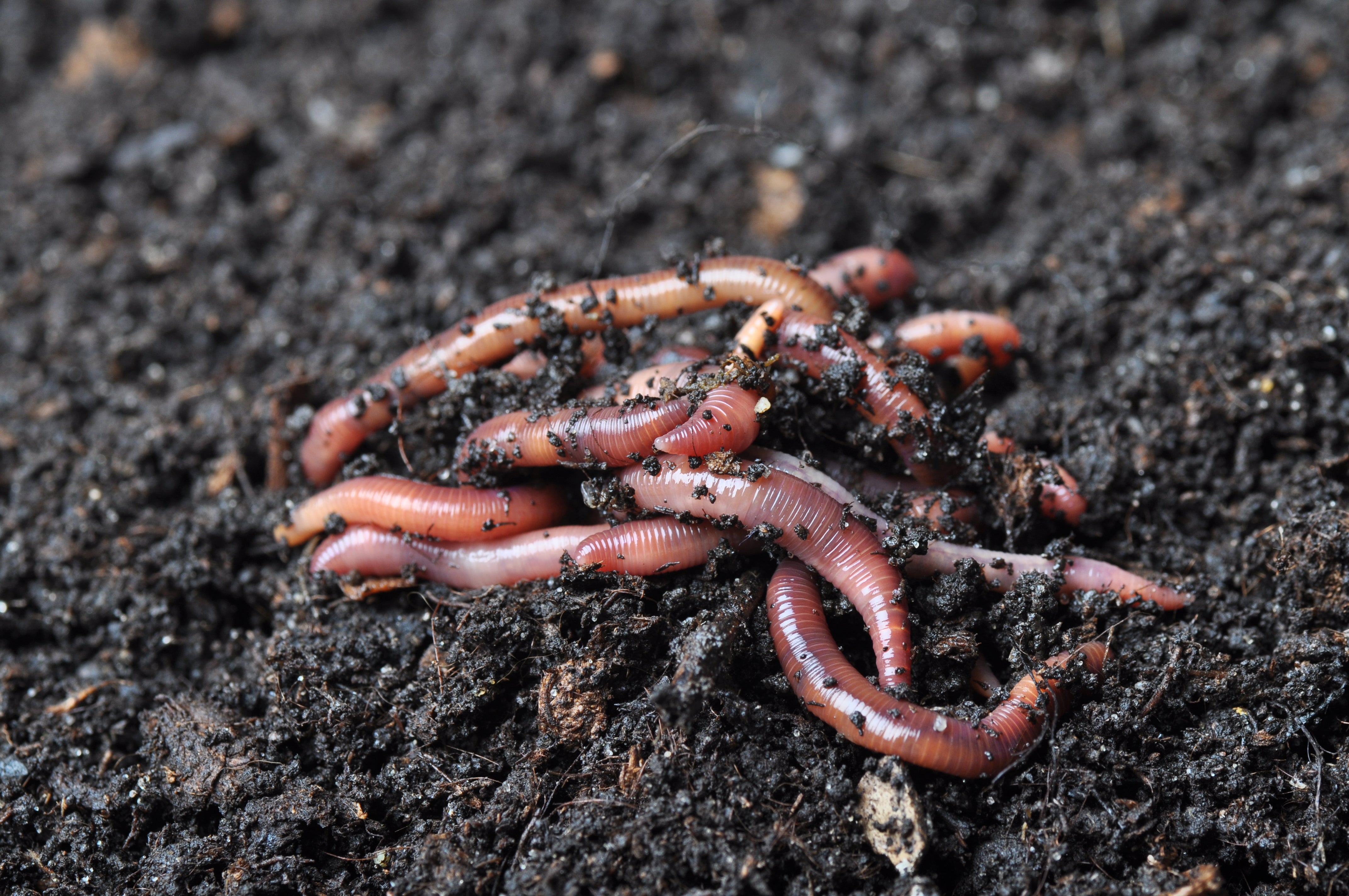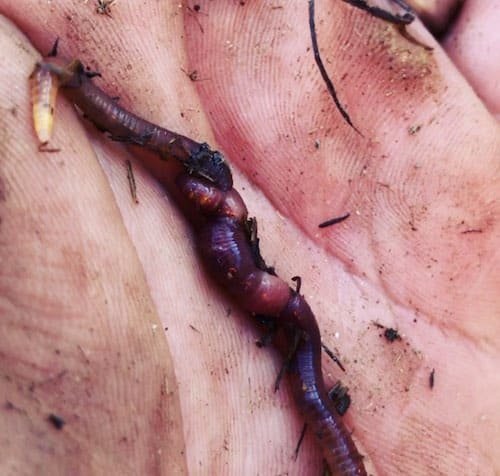Red Wigglers 101: Every Little Thing You Need to Know for Thriving Gardens
Red wigglers, or Eisenia fetida, play an important role in sustainable gardening methods, offering as effective decomposers that convert organic waste into beneficial vermicompost. Recognizing their environment, nutritional choices, and the myriad benefits they provide can change your horticulture method.
Understanding Red Wigglers

Red wigglers thrive in atmospheres abundant in organic material and moisture. Red Wiggler Express. They have an unique gastrointestinal system that permits them to process food scraps swiftly, eliminating castings that are loaded with vital nutrients such as nitrogen, phosphorus, and potassium. These spreadings improve dirt structure, boost water retention, and foster helpful microbial activity, every one of which add to durable plant health and wellness
Additionally, red wigglers can endure in varied conditions, making them versatile to various horticulture practices, consisting of indoor and outside composting systems. Their ability to take in big amounts of organic waste day-to-day positions them as important allies for both home gardeners and industrial farmers. By including red wigglers into gardening efforts, one can considerably improve soil fertility and assistance lasting horticulture practices.
Suitable Environment for Red Wigglers
Creating an optimum setting for red wigglers is essential for optimizing their composting capacities and overall health and wellness. Red wigglers prosper in wet, dark, and well-aerated environments, which closely resemble their natural settings in ground cover and decaying raw material. A suitable environment needs to give a temperature level array between 55 ° F and 77 ° F(13 ° C to 25 ° C), as extreme temperatures can emphasize or damage the worms.
The bed linens material, such as shredded newspaper, cardboard, or coconut coir, should be kept damp but not overly damp, as excessive moisture can lead to anaerobic conditions damaging to worm wellness. Furthermore, a pH degree in between 6.0 and 7.5 is excellent, ensuring a balanced environment.
Correct aeration is just as vital; it enables oxygen flow and avoids the buildup of damaging gases. A container or bin made for vermicomposting must have drain holes to eliminate excess dampness and advertise air movement. Regular tracking of these problems is vital for maintaining a growing red wiggler population, inevitably improving their performance in breaking down natural waste and enhancing garden dirt.
Dietary Requirements and Preferences

Red wigglers exhibit specific choices; they are especially fond of softer, decomposing materials over more challenging or even more fibrous compounds. It is necessary to stay clear of feeding them citrus peels, onion, and garlic in large amounts, as these can be damaging. Additionally, meat, dairy, and oily foods ought to be left out, as they can draw in bugs and produce undesirable odors.
(Hickory NC Worms For Sale)Environment-friendly materials, such as vegetable scraps, supply nitrogen, while brown materials, like cardboard and dried leaves, supply carbon. By catering to their nutritional demands, gardeners can cultivate a growing population of red wigglers in their garden compost systems.
Advantages of Utilizing Red Wigglers
The impressive advantages of using red wigglers in horticulture extend much past their duty in composting. These flexible organisms contribute considerably to dirt health and wellness, improving nutrient availability and advertising microbial task. By aerating the soil as they burrow, red wigglers boost water drainage and origin infiltration, developing an optimum setting for plant development.
Furthermore, red wigglers are effective recyclers of organic waste, converting it right into nutrient-rich spreadings that function as an exceptional natural fertilizer. These spreadings consist of valuable bacteria and important nutrients, such as nitrogen, phosphorus, and potassium, which are important for plant growth. The sluggish release of nutrients from worm castings makes certain a constant supply, decreasing the threat of nutrient leaching and advertising lasting horticulture techniques.
Furthermore, the presence of red wigglers can aid reduce soil-borne plant diseases. Their digestive system processes generate compounds that hinder damaging virus, thus boosting plant health. Ultimately, utilizing red wigglers cultivates a much more lasting horticulture technique by minimizing reliance on chemical plant foods and advertising a closed-loop system, where waste is transformed into beneficial resources. In general, including red wigglers into gardening techniques uses a wide range of ecological and farming benefits.
(Lake Rhodhiss Bait)
Composting With Red Wigglers

To start an effective vermicomposting system, select an appropriate container with appropriate air flow and drain. The ideal setting for red wigglers includes a damp, dark setting with temperature levels between 55 ° F and 77 ° F. Begin by layering shredded paper, cardboard, and food scraps, ensuring a well balanced mix of carbon and nitrogen-rich materials.
Red wigglers flourish on veggie peels, fruit scraps, coffee premises, and eggshells, while avoiding meat, milk, and oily foods that can bring in bugs. Routinely keep track of dampness degrees; the bed linen should be damp but not soggy. Harvest worm castings every couple of months by dividing the worms from the garden compost, which can after that be utilized directly in gardens or saved for later usage.
Applying vermicomposting not just reduces landfill waste however likewise improves yard dirt, advertising healthy and balanced plant growth and sustainable gardening practices. Embrace this green approach to boost your horticulture ventures.
Conclusion
In summary, red wigglers are vital find out this here organisms for enhancing yard performance via effective composting. By making use of red wigglers, garden enthusiasts can substantially improve dirt top quality and nutrient schedule, promoting much healthier plant growth.
 Yasmine Bleeth Then & Now!
Yasmine Bleeth Then & Now! Danica McKellar Then & Now!
Danica McKellar Then & Now! Monica Lewinsky Then & Now!
Monica Lewinsky Then & Now! Pauley Perrette Then & Now!
Pauley Perrette Then & Now! Terry Farrell Then & Now!
Terry Farrell Then & Now!